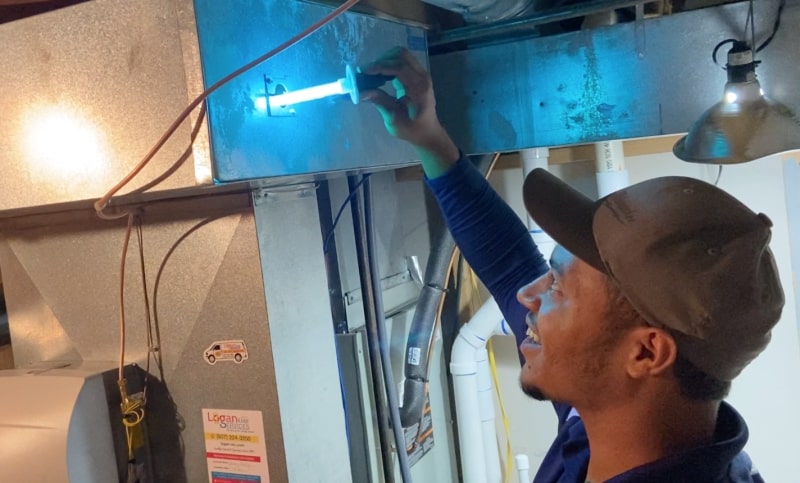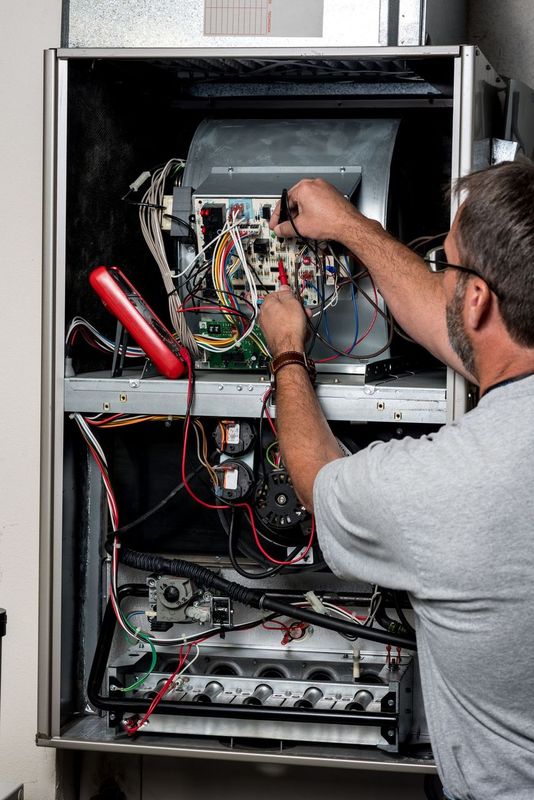The Ultimate Guide To Green Attics
The Ultimate Guide To Green Attics
Blog Article
The Greatest Guide To Green Attics
Table of ContentsThe Main Principles Of Green Attics The Single Strategy To Use For Green AtticsGreen Attics Fundamentals ExplainedGreen Attics Things To Know Before You BuyThe Only Guide to Green AtticsGreen Attics - TruthsGreen Attics for Dummies
It is generally recommended to remove existing shingles when installing new ones. Specific locations in the attic room can present significant fire and health and wellness threats. Prior to air sealing and insulating an attic, guarantee you or your specialist address the complying with health and wellness issues. Check the chimney and bordering mounting for indicators of charring, residue deposits, crumbling stonework or mortar, or proof that the smokeshaft cellular lining is wearing away.Have a smokeshaft specialist repair, seal and protect it at the same time. Commonly a space exists where a stonework chimney travels through the attic room. To air seal this area, first install sheet steel flashing to bridge this void and then secure all the joints with a non-combustible sealer (ensure the item is rated for this application).
An air and vapour obstacle covers the floor of the attic room and is sealed to the joists with acoustical sealer. Factory-built metal smokeshafts need to be kept from contacting insulation by a minimal 75 mm (3 in.) unless or else specified by manufacturer or neighborhood authorities. Mount a non-flammable radiation guard that keeps a 75-mm (3-in.) air space between the chimney and insulation.
The Green Attics Diaries
The top of the radiation shield should likewise be a minimum of 75 mm (3 in.) greater than the degree of existing or brand-new insulation to be included. To stop insulation from falling behind the shield, connect a clamp-type tornado collar without sealant at the top of the radiation shield, as received Figure 5-4.
A radiation barrier creates a 75 millimetre or 3-inch air area around the smokeshaft and expands 75 millimetres or 3 inches over the attic room insulation, keeping the range from flammable products. The top of the obstacle is a storm collar clamped, not sealed, to the smokeshaft. Above the ceiling, the air and vapour barrier is wrapped around the drywall to call the firestop sealant.
A collar-like ceiling trim plate is attached listed below the firestop. Typical indoor recessed lights are tough to air seal successfully and can end up being a fire risk if covered with insulation.
See This Report on Green Attics
(https://www.figma.com/design/2ug7WkOo6PChDkvhxN9msf/Untitled?node-id=0-1&t=S9MHMtFCn4MWrAhq-1)
This additionally supplies the possibility to better seal and protect the existing dental caries. If you locate a considerable quantity of animal droppings and vermin in the attic room, do not interrupt them because they can harbour easily air-borne moulds, bloodsucker eggs and bacteria that can cause serious health problem.
Seal the adhering to areas: Around the plumbing pile and any other pipes. For plastic plumbing heaps that go up and down as a result of thermal expansion, utilize a flexible gasket or a polyethylene sleeve sealed to a plywood collar (see Figure 5-6). Around cables or ceiling lights that pass through the attic floor and dividing and exterior wall top plates (see Number 5-7 and Number 5-8).
Around the chimney. Building ordinance call for that air rooms in between smokeshafts and flooring or ceiling settings up whereby they pass be secured with a non-combustible fire quit (see Number 5-3 and Figure 5-4). Along the edge of shared wall surfaces. There is often a space between the party wall surface (such as the shared wall surface between units in duplexes, triplexes and row houses) and the edge of the attic room flooring.
Some Ideas on Green Attics You Should Know
A hefty polyethylene sheet which is caulked with acoustical sealant and stapled to the ceiling encloses the electrical box. An electric cable leads away from the electric box and down through a hole right into an interior wall surface. Holes around electric cords are full of caulking or foam sealant, and caulking seals spaces along the top of the indoor walls.
Attic air flow serves a number of objectives. It lowers summertime warmth build-up, extending the life of roof covering and reduces air conditioner tons. After air securing, attic air flow is your 2nd line of defence against the water vapour that might have discovered its means into the attic - Air conditioning repair. It makes certain a chillier, well-vented attic room room less prone to the development of ice dams at the eaves.
You might need to situate roof or soffit vents from outdoors if they are not clearly noticeable from inside the attic. Homes with peaked roofing systems and obtainable attic rooms are the most convenient to air vent by utilizing the proportion of 1 to 300. This ratio refers to unhampered air vent area to the insulated ceiling location.
Do not utilize electric exhaust fans for attic room air flow as these can draw more air than can be provided with the soffit vents. This will really pull residence air right into the attic, causing better warmth loss and dampness build-up. They are Continued also prone to failure, noise production and enhanced energy use.
Some Known Details About Green Attics
The following Components detail the finest technique depending on your attic room type. After you have examined the attic room and lugged out any kind of restorative work, focus first on air and wetness control.
On the various other hand, spray foam uses air sealing and a preliminary layer of premium quality insulation that can be covered up to the preferred RSI (R) degree (Air conditioning repair). If the attic room retrofit is being completed together with indoor improvements, the most convenient approach is to install a new, single air and vapour barrier on the underside of the ceiling joists

A hefty polyethylene sheet which is caulked with acoustical sealer and stapled to the ceiling encases the electrical box. An electric wire leads away from the electric box and down through a hole right into an interior wall. Holes around electric cords are filled with caulking or foam sealer, and caulking seals gaps along the top of the interior walls.
Some Known Factual Statements About Green Attics
After air sealing, attic room air flow is your second line of defence against the water vapour that may have found its means right into the attic. It makes certain a chillier, well-vented attic area less susceptible to the formation of ice dams at the eaves.
You may need to locate roofing system or soffit vents from outside if they are not plainly noticeable from inside the attic. Houses with peaked roof coverings and easily accessible attics are the simplest to air vent by utilizing the ratio of 1 to 300. This ratio describes unblocked vent location to the shielded ceiling location.
Do not use electrical exhaust followers for attic room air flow as these can draw a lot more air than can be provided with the soffit vents. This will actually draw house air right into the attic, causing higher heat loss and dampness build-up. They are additionally susceptible to failure, sound manufacturing and raised energy usage.

Some Of Green Attics
On the other hand, spray foam provides air sealing and a first layer of high top quality insulation that can be topped approximately the wanted RSI (R) level. If the attic room retrofit is being completed combined with indoor renovations, the simplest method is to mount a new, single air and vapour obstacle on the bottom of the ceiling joists.
Report this page